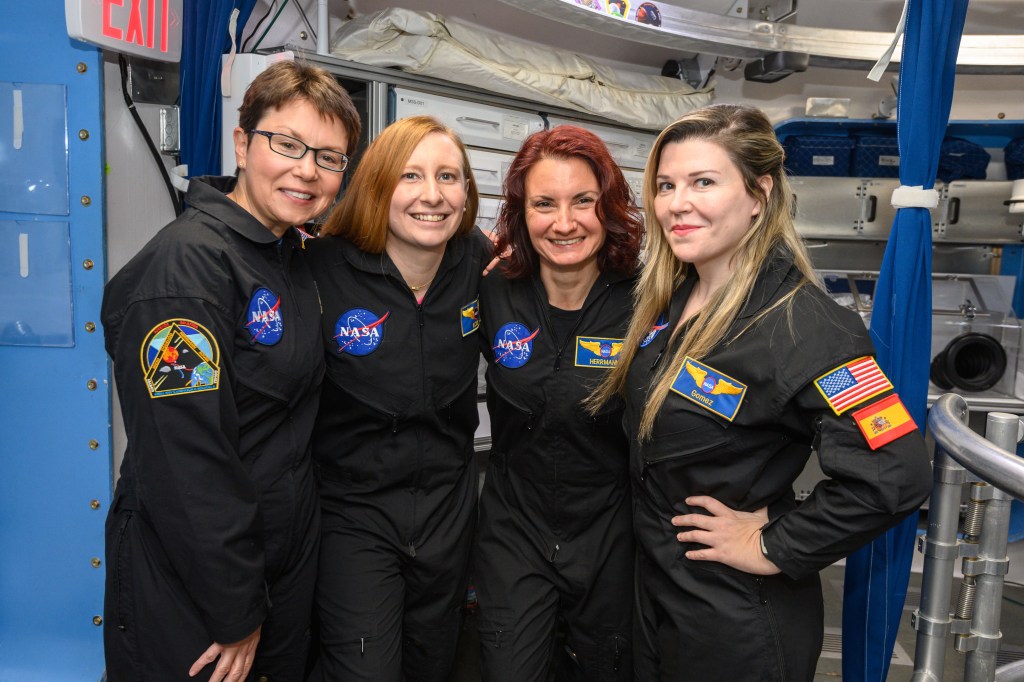On Earth, we have the luxury of picking up our cell phones and instantly being connected with nearly everything and everyone around us. On a trip to Mars, astronauts will be more isolated and confined than we can imagine. Sleep loss, circadian desynchronization, and work overload compound this issue and may lead to decreased performance, adverse health outcomes, and compromised mission objectives.
To address this hazard, experts are developing methods for monitoring behavioral health and adapting/refining various tools and technologies for use in the spaceflight environment to detect and treat early risk factors. Research is also being conducted in workload and performance, light therapy for circadian alignment, phase shifting and alertness. Learn more about how NASA studies isolation and confinement:
Learn more about how NASA studies isolation and confinement:
Related Articles

Can Space Gardening Help Astronauts Cope With Isolation?
Researchers seek to learn whether developing a space-faring green thumb can also help astronauts ease their sense of confinement and isolation.

Houston We Have a Podcast: Isolation Episode
A NASA scientist discusses isolation and confinement in space, including how researchers study this hazard and steps the agency takes to safeguard crews' mental health.

Journaling: Astronauts Chronicle Missions
Journaling will always play an important role in any journey. It’s an invaluable tool behavioral scientists use to assess the mental and emotional states associated with life in long-term isolation and confinement.

What Will Life Be Like on Missions to Deep Space?
Take a peek into the lives of crew on a simulated mission to Mars. Confined inside NASA's Human Exploration Research Analog (HERA), these crew help researchers study how teams overcome isolation and confinement to accomplish mission-critical tasks.

5 Tips from NASA Crew on Emerging from Isolation
What can NASA crews who adjusted to life after their missions teach us about how to adjust to life after living in quarantine? Here are five lessons from astronauts, crew members from ground-based analogs, and NASA-affiliated psychologists.

Isolation – What Can We Learn from the Experiences of NASA Astronauts?
NASA uses seven key points to help astronauts adapt to the isolating environment of space as well as cope with stress and difficult situations.
HERA
NASA's Human Exploration Research Analog (HERA) is a unique 650-square-foot habitat split among two floors and a loft. Crews of volunteers live inside this habitat for 45 days at a time, helping NASA study isolation, confinement, and remote conditions in exploration scenarios.
Discover HERA
CHAPEA
Crew Health and Performance Exploration Analog (CHAPEA) is a series of analog missions that will simulate year-long stays on the surface of Mars. Each mission will consist of four crew members living in Mars Dune Alpha, an isolated 1,700-square-foot habitat.
Discover CHAPEA
The Human Body in Space
For more than 50 years, NASA’s Human Research Program (HRP) has studied what happens to the human body in space. Researchers…
Read the Story




























